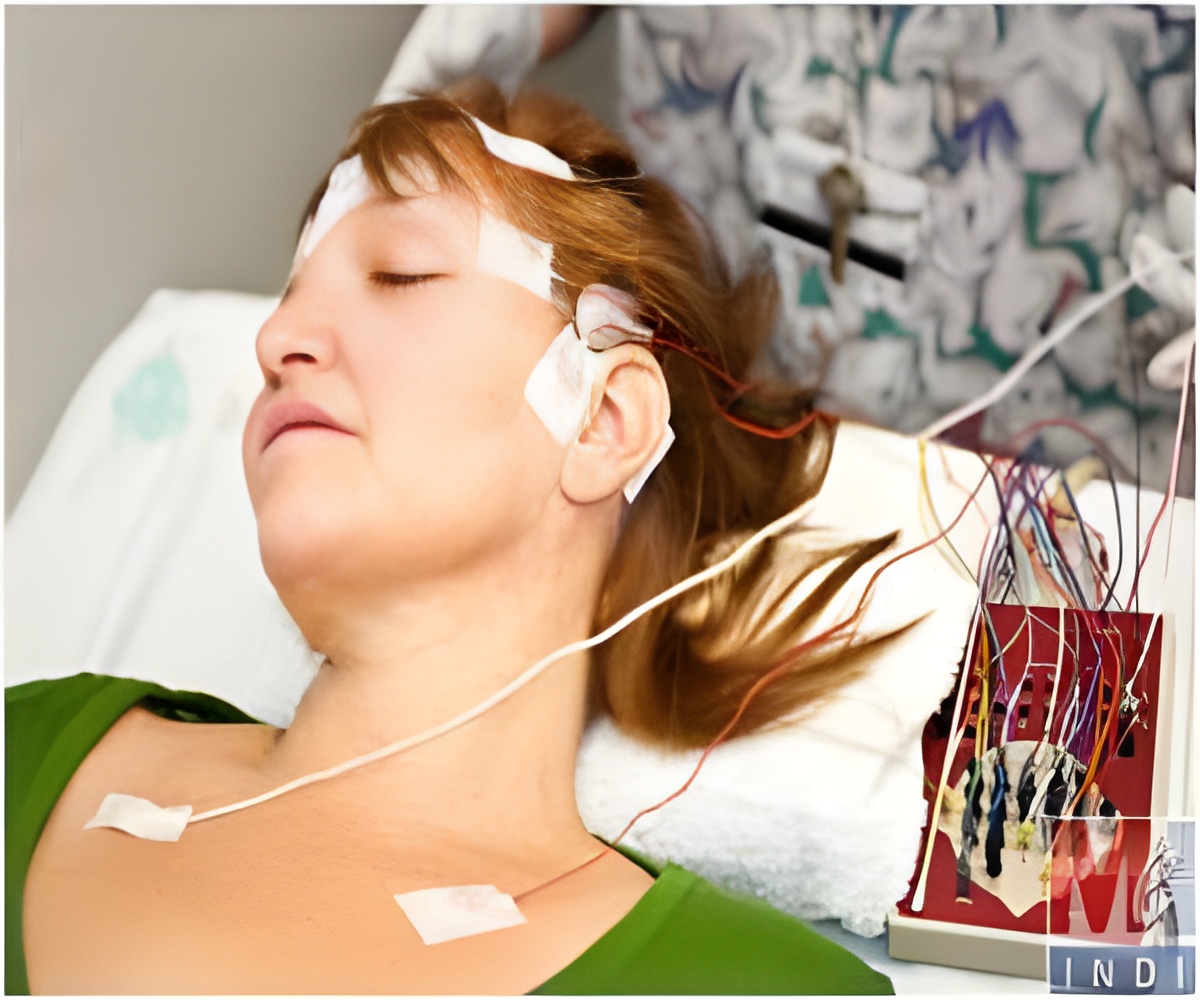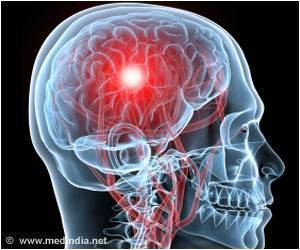
"Compared to CT, MRI is a more accurate test for stroke," says James F. Burke, M.D., lead author of the study and a clinical lecturer in the University of Michigan Medical School's Department of Neurology. "But our results showed that MRI is not replacing CT as the primary stroke neuroimaging study — instead, patients are getting both.
"Minimizing the use of multiple studies could be a viable strategy to reduce costs."
The costs of inpatient stroke care have climbed by 42 percent between 1997 and 2007, an increase of $3,800 per case, Burke and his University of Michigan found. Neuroimaging — MRIs and CTs – were the largest driver of costs.
Diagnostic imaging has been the fastest growing component of total hospital costs, increasing 213 percent from 1999 to 2007.
"The data shows that neuroimaging practices in stroke are neither standardized or efficient," Burke says. "This represents an area where we have an opportunity to substantially reduce the cost of care without adversely effecting the quality of care."
Advertisement
"The issue of duplicative imaging in stroke is just one example of wasteful care," the editors wrote. "Quite simply, it is very easy to order more test and to treat with more expensive therapies …
Advertisement
Burke and his co-authors studied patients diagnosed with stroke from 1999 to 2008 in 11 states, studying 624,842 patients. They found wide geographic variation for the use of MRI, but overall the use of MRI jumped dramatically.
"There currently is not evidence-based guidelines that preferentially recommend either MRIs or CT," Burke says. "Understanding trends like these presented in this study are essential to determining efficient and consistent neuroimaging strategies."
Source-Eurekalert














